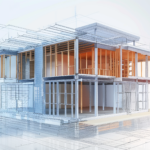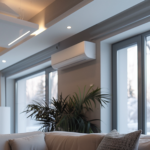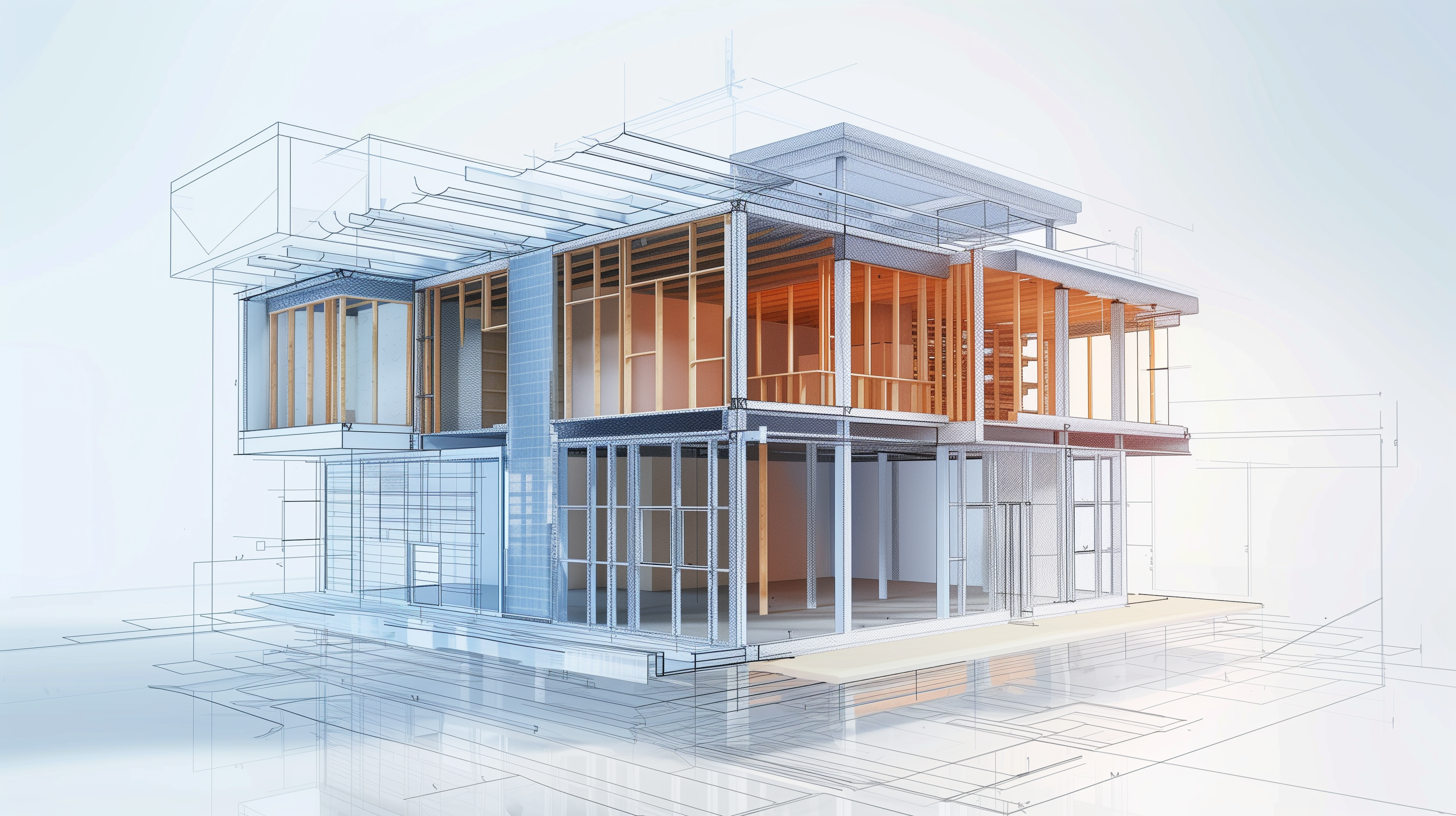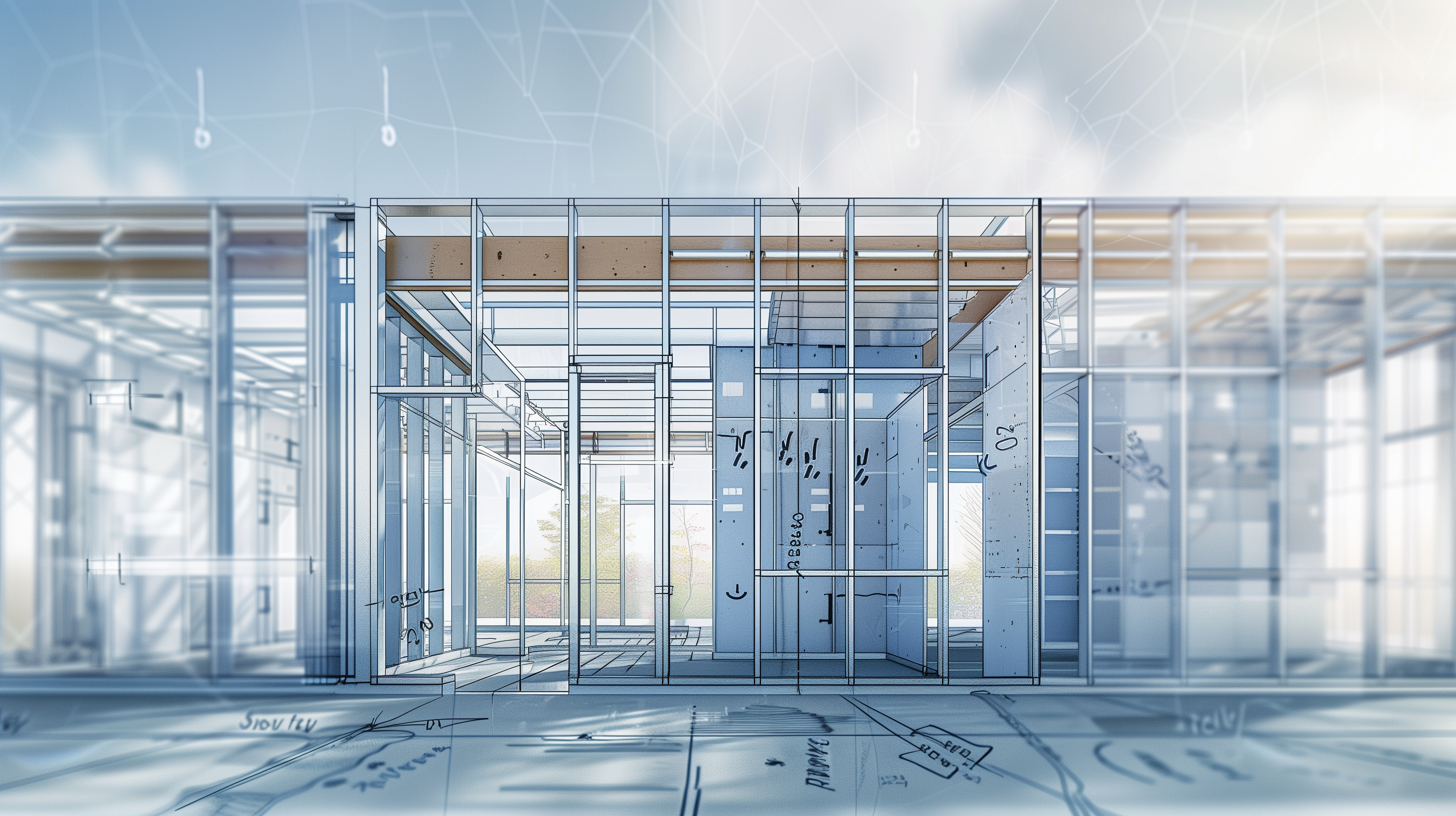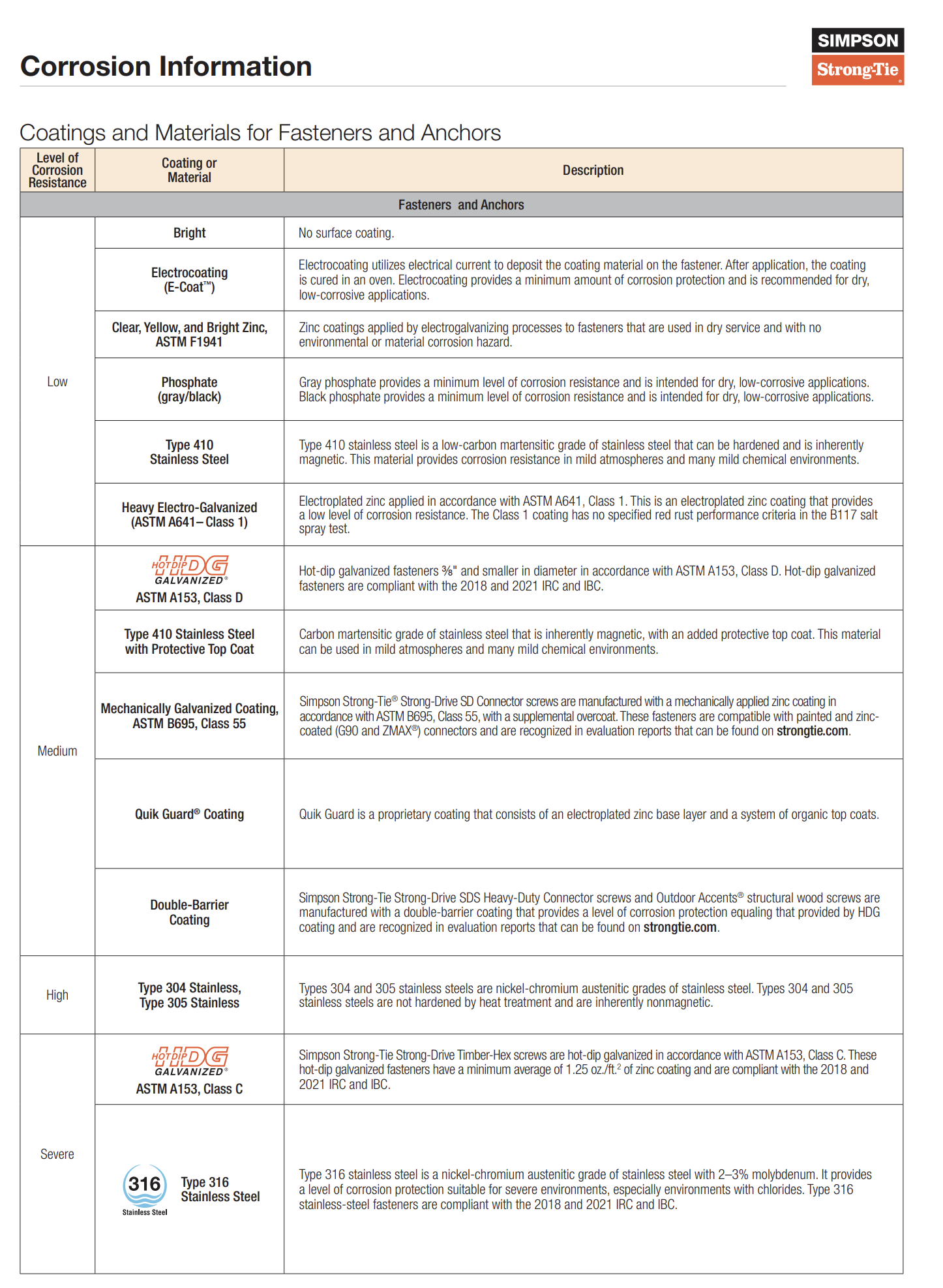Ensuring Code Compliance for Insulated Structural Headers
Structural headers in load-bearing exterior walls serve a vital role in supporting the structure above window and door openings. However, they can also be significant sources of heat loss if not properly insulated and sealed. Without insulation, structural headers act as thermal bridges, allowing heat to escape and compromising the home’s energy efficiency.
Since the 2009 IECC/IRC, provisions have evolved to emphasize the importance of insulating and air-sealing structural headers to meet modern energy efficiency standards. This blog provides an overview of the key requirements, inspection points, and best practices for ensuring headers comply with the 2015 IECC/IRC.
Why Insulating Structural Headers is Essential
Headers made from solid or laminated framing materials (e.g., 2×10 or LVL beams) have minimal insulating properties. Properly insulating these cavities helps to:
- Reduce thermal bridging, improving the home’s energy efficiency.
- Enhance comfort by minimizing cold spots near windows and doors.
- Lower energy bills by maintaining a consistent indoor temperature.
- Ensure compliance with IECC/IRC energy code requirements for the building thermal envelope.
Plan Review Checklist for Insulated Structural Headers
Construction Documentation Requirements
Per 2015 IECC/IRC Sections R103.3/R106.3, code officials must review construction documents to verify compliance. The following details should be included:
- Insulation Material and R-Value
- Specify the type of insulation (e.g., rigid foam, spray foam, fiberglass batts) and its R-value.
- Minimum R-3 per inch insulation is required for cavities within headers per R402.4.1.1/N1102.4.1.1.
- Air Sealing Details
- Indicate how dissimilar materials will be sealed to allow for differential expansion and contraction (e.g., caulk, foam sealant, weather-stripping).
- Continuous Air Barrier
- Ensure the design includes a continuous air barrier around the thermal envelope, with proper sealing of all joints and penetrations.
Code Requirements for Insulating and Sealing Structural Headers
H3: Key IECC/IRC Provisions
- Air Leakage Control
- Per Section R402.4/N1102.4, the building thermal envelope must limit air leakage. Sealing methods should allow for differential expansion between materials.
- Headers must be sealed as part of the continuous air barrier system.
- Air Barrier and Insulation Installation
- As specified in R402.4.1.1/N1102.4.1.1, all cavities within headers must be insulated with materials achieving at least R-3 per inch.
- The insulation should be installed in substantial contact and continuous alignment with the air barrier.
- Advanced Framing Techniques
- Builders can optimize header insulation by using advanced framing methods, such as:
- Insulated double-header design with rigid foam or spray foam between framing members.
- Single-ply headers with continuous insulation applied to the exterior.
- Laminated headers with built-in insulation to reduce thermal bridging.
- Builders can optimize header insulation by using advanced framing methods, such as:
- UA Tradeoff Compliance
- If the builder uses the UA alternative approach for energy code compliance (per R402.1.5/N1102.1.5), ensure that the increased U-factor of the header area is offset by improved performance in other parts of the thermal envelope, such as windows or walls.
Best Practices for Insulating Structural Headers
- Use Rigid Foam Insulation
- Rigid foam board insulation, such as polyisocyanurate or extruded polystyrene (XPS), provides high R-values and can be cut to fit header cavities precisely.
- Spray Foam for Air Sealing
- Closed-cell spray foam not only insulates but also seals gaps, preventing air leakage around the header.
- Install Exterior Continuous Insulation
- When possible, apply continuous rigid foam insulation on the exterior wall, covering the header and reducing thermal bridging.
- Seal All Joints and Gaps
- Use caulking, foam sealant, or weather-stripping to seal gaps between the header and adjoining framing members.
Field Inspection Guidelines for Insulated Headers
Key Inspection Points
Per 2015 IECC Section R104 and IRC Section R109, inspections should verify compliance at various stages, including framing, rough-in, and final inspections. Inspectors should ensure the following:
- Proper Insulation Installation
- Confirm that the insulation material and R-value match the approved construction documents.
- Ensure header cavities are completely filled with insulation and that there are no voids or gaps.
- Air Barrier Integrity
- Verify that a continuous air barrier is installed around the thermal envelope, including around headers.
- Check that all joints and seams are sealed properly with caulk, foam, or gasket material.
- Advanced Framing Techniques (if applicable)
- If advanced framing techniques are specified in the plans, ensure they are implemented as designed.
- UA Alternative Approach Compliance
- For projects using the UA alternative, verify that any increased U-factor from the header design is offset by improved performance in other building envelope areas.
Conclusion
Insulating and sealing structural headers is essential for creating an energy-efficient building envelope and ensuring compliance with modern energy codes. Proper insulation, combined with advanced framing techniques and thorough air sealing, helps reduce thermal bridging, improve comfort, and lower energy costs.
By following the guidelines outlined in the 2015 IECC/IRC, builders and code officials can ensure that structural headers meet or exceed energy efficiency standards while maintaining the structural integrity of the home.
For immediate service or consultation on energy code compliance, contact Allied Emergency Services, INC.
Contact Information:
- Phone: 1-800-792-0212
- Email: Info@AlliedEmergencyServices.com
- Location: Serving Illinois, Wisconsin, and Indiana with a focus on the greater Chicago area.
Disclaimer: This article is intended for informational purposes only. For professional advice, consult experts in the field.



